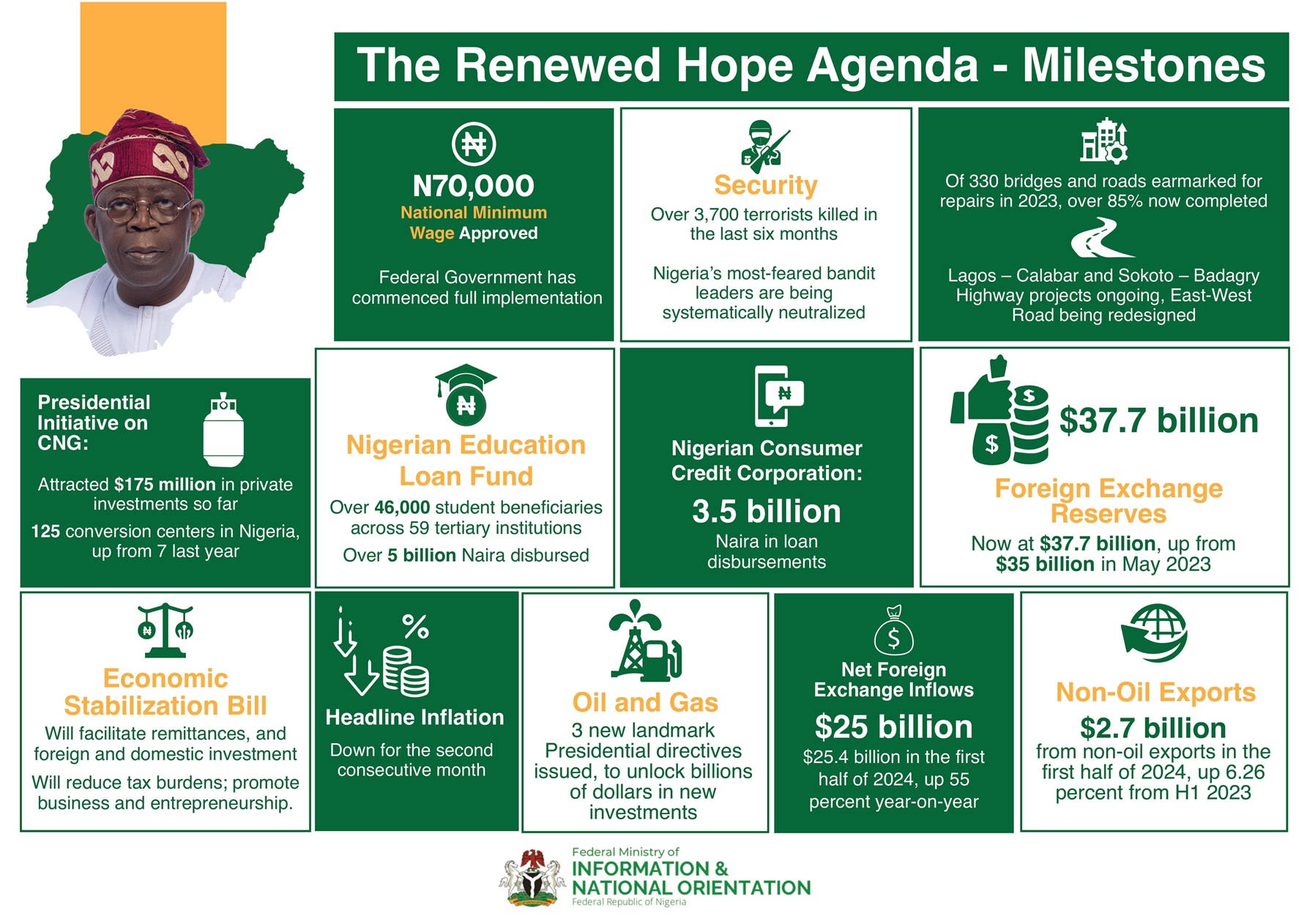AI is at a comparable inflection point like the internet revolution two decades ago. While the internet was a communication revolution, AI is a computation revolution. It represents a new mechanism to serve people, and demands that we harness it to create public value. For successful AI deployment, we must make sure that our business cases rivets on the customer else it will fail.
Commercial entities now use AI to find proficiencies in their own business and improve the ROI of their products and projects. It is now critical for public government and related agencies to apply AI in addressing the creation of public good. With this it becomes essential that we develop or create a Federal Data Strategy that will serve as groundwork for how public agencies use AI. The reason being that government collects billions of data; the need for solutions to derive true value from that data grows in significance. With AI, in combination with big data and analytics, we can deliver that standard value and go beyond old-style solutions to find deeper insights.
As a result of AI’s growing influence and impact; nations are according it, its dues by giving it prominence at the seat of policymaking. For instance, the United Arab Emirates became the first nation to appoint a senior cabinet official solely focused on AI empowerment and oversight within their government, by appointing a Minister of State for AI in October 2017. Canada was the first nation to release a national AI strategy and China has a 3-year masterplan to lead the world in AI. We now have over 37 nations who have drafted their own national AI strategies.
AI use cases and impact
AI permeates almost every facet of our lives and this includes government, where AI is transforming how public governance is delivered. In the USA, its Citizenship and Immigration Services has automated service requests through a chatbot named Emma; it was deployed to address immigration questions. Emma, operates in both English and Spanish, treats more than a million immigration queries monthly. Also, Georgia Tech and the Atlanta Fire Rescue Department, uses Firebird to help the City of Atlanta prioritize buildings for inspection based on building’s risk of fire.
The Government AI challenge
Government faces momentous challenges for extensive AI adoption. From issues around lack of data governance processes, to absence of Data and AI skillset, to legacy culture/risk aversion, to difficult procurement processes and the demands of AI-software customization and IP troubles; all these combine to make it tough for government agencies to take advantage of AI.
Yet AI’s potentials are profound if we are able to collect and interrogate the available data we have on government-financed procurement platforms, and perhaps combine it with datasets from other international organizations, local procurement data, and other corporate information, it is possible for us to gain superior insight on how to make better decisions on public spending to assure greater value-for-money and mitigate the destructive effects of corruption. The scalability of this across local government areas, countries, public agencies makes AI even more invaluable for these demanding times.
AI can help us make sense of large amounts of data quickly and efficiently. The insights garnered can be used in almost every aspect of government from improving operations and management to determining the value of programs and finding underserved sections of the population that need supplementary assistance. We can only realize that by baking AI into every area of governance using the same basic processes that take raw data and turn it into actionable intelligence that can be used in different ways across public agencies’ units/departments.
This data processes can include data preparation (sorting text from image files, for instance), data labeling, data storage, creating algorithms that process the data, and, finally, applying the algorithms to specific public governance processes to help guide decision making. These are all designed to enable public enterprises to bake artificial intelligence directly into their systems.
Public awareness campaign on AI
It behooves public agencies to help ordinary people understand AI and how it impacts their lives. Helping the public understand how AI works is fundamental to any engagement on AI-driven public enterprise projects. Knowing fully well that Artificial intelligence is mathematical computations done rapidly, which at some point, may appear ‘magical’ but it is not. Creating room for AI explainability tools and addressing algorithmic flaws are very important to our digital public health.
In all, Belgium is using AI to crowdsource public decision-making ushering an era of digital governance which is in sync with the roaring influence of digital platforms and citizens who want government to be digitally savvy in order to meet with the challenges of this new decade. African governments have a mandate to automate many processes now through AI. Automation tools are key steps but we must keep an eye on algorithmic bias. In this new decade, citizens expect instantaneous interaction and service. It must start now.
Written by Caesar Keluro, Co-Founder/CEO, Nanocentric Technologies Limited. He leads ‘Make In West Africa’, a regional Think-tank. He tweets @kcaesar


